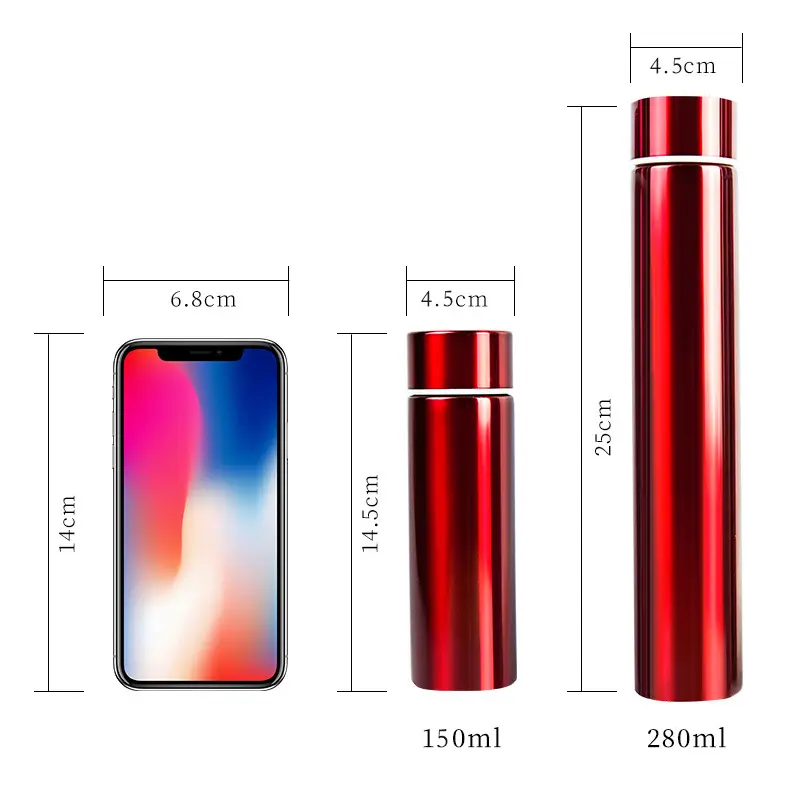Can hot water be poured into plastic cups?
Can hot water be poured into plastic cups? There are still people making fun of health, I suggest you check it out

In a previous home topic, unexpectedly, a topic about "stainless steel thermos cup" attracted the attention of many netizens. At this time, I suddenly realized that perhaps, these household items that are too common in life should actually receive more attention from us.
"Because they are common, we turn a blind eye" seems to be a mentality that makes us ignore their importance. For example, take "plastic cups" as an example. They are actually the same as stainless steel thermos cups. Not all cups are suitable for use. Some plastic water cups will not only easily deform after pouring hot water into them, but may even affect your health.
Let me share with you some knowledge about plastic water cups. I hope it can give you some thoughts~
Classification of common plastic productsWhether it is plastic water cups, foam boxes, water bottles, or baby bottles, these plastic products are closely related to our lives. But as I said at the beginning, because they are so common, their safety is often overlooked. Let’s briefly talk about the classification of common plastic products:
①PET (polyethylene terephthalate), common beverage bottles and mineral water bottles in supermarkets are all made of this material. The high temperature resistance is only 70 degrees Celsius, so it will deform when hot water is poured into it, and frequent use is harmful to health.
②HDPE (high-density polyethylene), such as laundry detergent bottles, shampoo bottles and other cleaning products and bath product bottles at home, are all made of this kind of material, and they will also deform in high-temperature environments.
③PVC (polyvinyl chloride), plastic products made of this material are also very common in life. For example, the water pipes at home are made of it, and they will also release harmful substances under high temperatures.
④PE (low-density polyethylene) is also characterized by low heat resistance, and the "preservation film" commonly used in the kitchen is made of it.
⑤PP (polypropylene), because this material can withstand high temperatures (110℃-150℃) and does not contain bisphenol A (toxic substances), it is a relatively safe food-grade plastic and can also be placed in a microwave oven. (It is also the mainstream material for baby bottles)
⑥PS (polystyrene), whether it is a takeout lunch box or a bucket of instant noodle boxes in the supermarket, they are all made of this material. Although it is heat-resistant, it is not suitable for putting in a microwave oven, and it cannot contain substances with strong pH, otherwise it will release harmful substances.
⑦OTHER (generally refers to PC type), there are many plastic products made of PC in daily life, such as the bottles of many water cups, which are made of PC (maximum heat resistance 135°C). The characteristic of this type is that frequent use at high temperatures will cause Releases bisphenol A, so it is not recommended to pour boiling water for a long time.
⑧Tritan (called modified PVC in Chinese), among the water cup materials on the market, this material is currently more popular. Its advantage is that it is resistant to high temperatures (up to 109°C) and does not contain bisphenol A.
⑨PPSU (polyphenylene sulfone resin), as a material with the strongest stability and high temperature resistance (up to 220°C, long-term use up to 180°C), PPSU is widely used in baby bottles, and its There are a series of advantages, even stronger than PP. So it is the best plastic material.
After reading this, I believe you already have a certain understanding of common plastic products. To sum it up simply, the high temperature resistance is PPSU>PP>PC>tritan.
In other words, boiling water can be poured into the above four plastic water cups, but it is not recommended to pour boiling water into PC water cups for a long time. Because of too frequent use, bisphenol A will theoretically precipitate, but as long as it does not exceed 100℃, no problem for normal use.
In addition to plastic cups made of these materials, cups made of other materials (PET, HDPE, PVC, PS, etc.) cannot be poured directly into boiling water, otherwise it will affect health.










